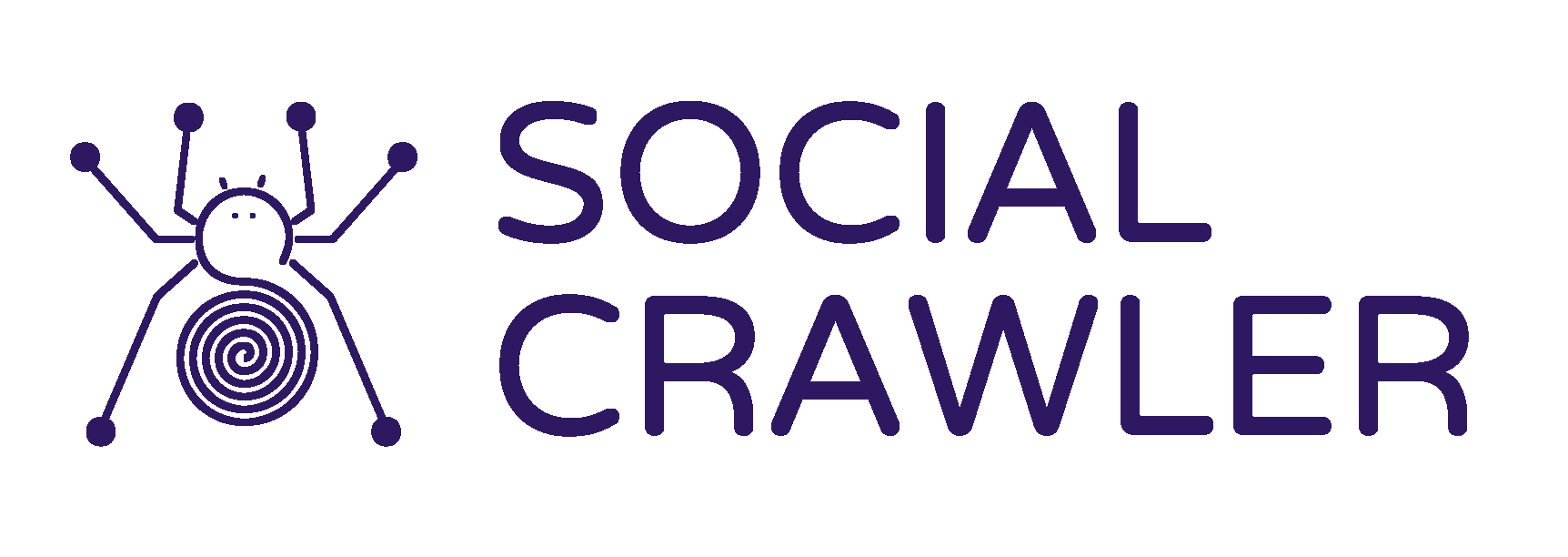In an increasingly digital world, web security has become paramount. Websites are susceptible to a myriad of threats, ranging from data breaches to malware infections. As a WordPress development expert, I understand the importance of implementing robust security measures. In this comprehensive guide, I will walk you through the best practices for safeguarding your website and protecting your users. By following these recommendations, you can establish a secure online presence and inspire user trust.
- Keep Your Software Up to Date
Regularly updating your WordPress core, themes, and plugins is crucial for maintaining a secure website. Developers frequently release updates that address security vulnerabilities. Failure to update your software can leave your website exposed to potential attacks.
- Choose Reliable Themes and Plugins
When selecting themes and plugins for your WordPress website, opt for reputable sources. Downloading from trusted providers ensures that you are installing reliable and secure code. Avoid third-party sources that may contain malicious or poorly-coded elements.
- Strong Passwords and User Permissions
Enforce strong password policies for all users, including administrators. Encourage the use of complex passwords that combine letters, numbers, and special characters. Additionally, assign user roles and permissions judiciously to limit access to sensitive areas of your website.
- Implement Two-Factor Authentication (2FA)
Two-factor authentication adds an extra layer of security to your website login process. By requiring users to provide a second form of identification, such as a code generated on their mobile device, you significantly reduce the risk of unauthorized access.
- Regular Backups
Perform regular backups of your website’s files and databases. In the event of a security breach or data loss, backups can help you quickly restore your website to its previous state. Store backups securely off-site or use a trusted backup service.
- Secure Hosting
Choose a reputable hosting provider that prioritizes web security. Look for providers that offer features such as SSL certificates, firewalls, malware scanning, and intrusion detection systems. A secure hosting environment forms the foundation for a robust website security posture.
- Implement SSL Encryption
Secure Sockets Layer (SSL) encryption establishes a secure connection between your website and its visitors. This encryption protects sensitive data transmitted, such as login credentials or financial information. Install an SSL certificate to ensure secure communication.
- Use a Web Application Firewall (WAF)
A Web Application Firewall acts as a barrier between your website and potential threats. It filters incoming traffic, identifying and blocking malicious requests. Implementing a WAF helps protect your website from common security vulnerabilities and attacks.
- Regular Security Scans
Perform regular security scans using reputable security plugins or online tools. These scans identify vulnerabilities, malware, and suspicious activity. Address any issues promptly to maintain a secure website environment.
- Monitor for Security Threats
Stay vigilant and monitor your website for any signs of security breaches. Monitor server logs, website traffic, and user activity. Suspicious patterns or unexpected behavior could indicate an ongoing attack. Implement intrusion detection systems and security monitoring tools for proactive threat detection.
- Educate Website Users
Educate your website users about online security best practices. Provide clear guidelines on creating strong passwords, avoiding suspicious links, and practicing safe browsing habits. Increasing user awareness can significantly reduce the risk of security incidents.
- Secure File Uploads
Implement strict controls on file uploads to prevent the execution of malicious scripts. Validate file types, scan uploads for malware, and restrict access to uploaded files to authorized users only.
- Disable File Editing
Disable file editing within the WordPress dashboard for added security. This prevents unauthorized individuals from modifying critical files such as themes or plugins through the dashboard.
- Restrict Access to WP-Admin Directory
Protect your website’s administration area by restricting access to the wp-admin directory. This can be achieved by password-protecting the directory or using IP whitelisting to limit access to specific IP addresses.
- Regular Security Audits
Conduct periodic security audits of your website to identify vulnerabilities and weaknesses. Engage professional security auditors or utilize security plugins that offer scanning and auditing features.
Conclusion
Protecting your website and users from security threats is an ongoing process that requires constant vigilance. By implementing these web security best practices, you can fortify your website’s defenses, minimize risks, and build trust among your users. Remember, proactive security measures are vital in today’s digital landscape. Stay informed, stay updated, and prioritize the security of your WordPress website.
Want your online business to experience next level-growth?
Partner with our team of expert digital marketing specialists at Social Crawler, and get ready to witness a striking revamp of your website! Let’s turn your website into the gateway of higher sales, higher revenue, and of course. Give us a call at +91-8687222220 or drop us an email or free website audit to begin this journey together.



